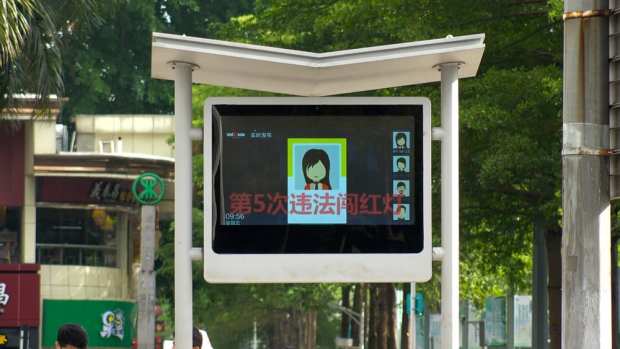China Tests Facial Recognition Subway Payments

A subway operator in Shenzhen, China is testing facial recognition software, powered by a 5G network, to pay for entry, according to reports.
The face would be linked to a payment account, although whether the technology will work for similar faces or twins is not known.
Right now the experiment is being limited to one station, and people will be able to scan faces at the same place they enter subway cards or tap their phones. In order to use the service, customers will have to register their faces a day in advance, along with their linked payment accounts.
One of the advantages of the system is that forgetting a subway card will be a thing of the past. However, it also means that users will be easily tracked, although some major Chinese cities already have artificial intelligence (AI)-powered facial recognition surveillance cameras.
The technology was designed by Shenzhen Metro and telecom company Huawei. The metro company hasn’t said if and when facial recognition will become a part of all of its lines.
The technology is fairly common in China, where people can even scan their faces to buy food from Kentucky Fried Chicken, and have been able to since 2017.
In China, almost half the country uses mobile payments, to the point where the country’s central bank had to warn stores not to reject cash.
As facial recognition technology is becoming more common, Amazon recently said it supports a national legislative framework around the technology that “protects civil rights and ensures that governments are transparent in their use” of such technology.
Michael Punke, vice president of global public policy at Amazon’s AWS division, wrote a blog post on Feb. 7 about the topic, laying out not only the company’s views, but also guidelines for lawmakers who could be drafting future legislation.
Amazon, which created the software Rekognition, defended its use as a viable tool for law enforcement, and said outside groups that have criticized the software were using it incorrectly.
